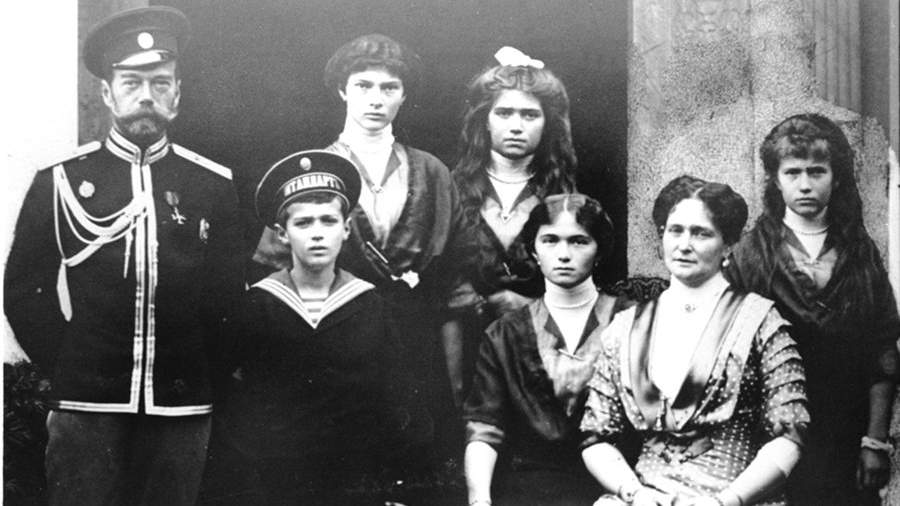Jane Stock is a technology author, who has written for 24 Hours World. She writes about the latest in technology news and trends, and is always on the lookout for new and innovative ways to improve his audience’s experience.
Menu
ICR conducted 40 new examinations in the case of the murder of the Romanov royal family
Categories
Most Read
Corporate security in the face of economic uncertainty: smart investment in times of budget pressure
October 8, 2025
No Comments
Argentine financialization and the feast of global crooks
October 8, 2025
No Comments
The labor reform must go to the link, not to the employment in the abstract
October 7, 2025
No Comments
Argentina, the startup of the collapse, seeks a new round of financing
October 7, 2025
No Comments
Retirement insurance: the challenge is not waiting, is to anticipate
October 6, 2025
No Comments
Latest Posts

María Corina Machado’s first reaction after winning the 2025 Nobel Peace Prize: I’m shocked!
October 10, 2025
No Comments
In the last hours, it was learned that the Venezuelan opposition leader María Corina Machado won the Nobel Peace Prize. In the midst of so

The 2025 Nobel Peace Prize went to María Corina Machado, opposition leader of the government of Nicolás Maduro in Venezuela
October 10, 2025
No Comments
October 10, 2025 – 08:19 The opposition leader was highlighted for her fight for the rights of the inhabitants and democracy. They highlighted their fight

life and career of the opposition leader in Venezuela
October 10, 2025
No Comments
The opposition leader in Venezuela María Corina Machado Parisca was born on October 7, 1967 in Caracas, into a wealthy family linked to the national
24 Hours Worlds is a comprehensive source of instant world current affairs, offering up-to-the-minute coverage of breaking news and events from around the globe. With a team of experienced journalists and experts on hand 24/7.

